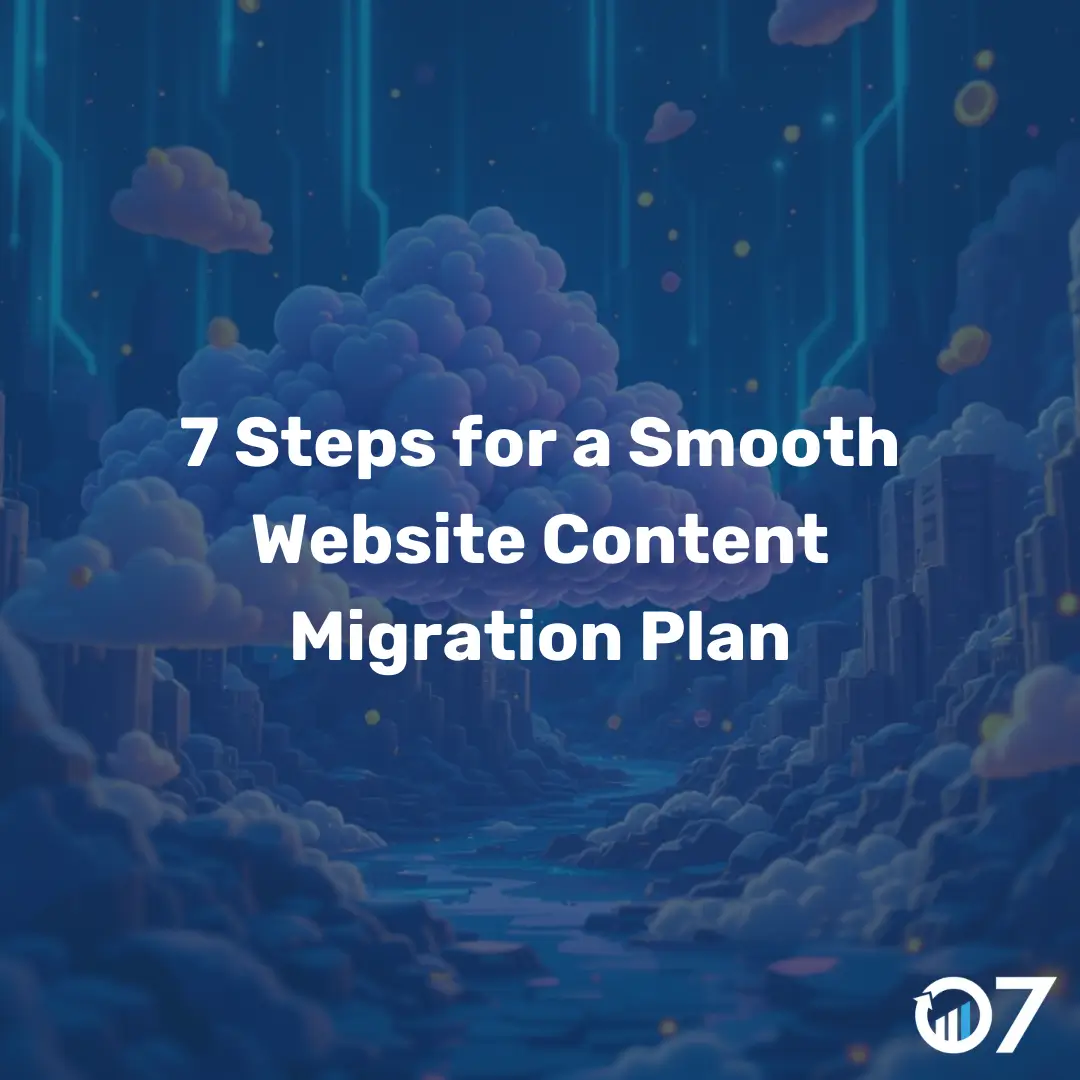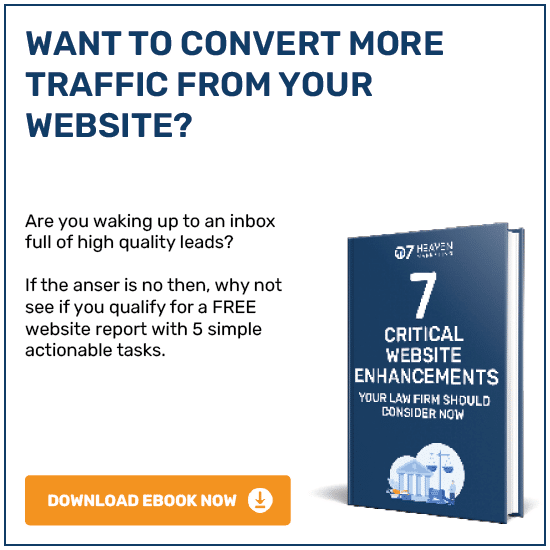Stressing over content migration? I’ve been there. I’ve helped move a client’s website to a new host, and I’ve had my own websites transferred to new hosts and CMSs. And let me tell ya: It was nerve-racking every time. But if I’d had a website content migration plan, it would’ve been easier.
Step 1: Conduct a Content Audit
Before you start the migration, take a comprehensive look at your current content. This audit will help you identify what needs to be moved, what can be improved, and what can be left behind. A detailed content audit ensures that you’re not migrating unnecessary or outdated content, making the process more efficient.
During the audit, categorize your content into different types such as blog posts, landing pages, product descriptions, and multimedia. Use tools like Google Analytics to see which content is performing well and which isn’t. This will help you make informed decisions about what to keep and what to discard.
Step 2: Plan Your Information Architecture
Information architecture (IA) refers to the way your website’s content is structured and organized. A well-planned IA helps users find information easily and improves your website’s SEO. Before migrating, map out the new structure of your website. Consider user experience and SEO best practices when planning your IA.
Use wireframes or sitemaps to visualize your new structure. This will help you see how different pieces of content will fit together and ensure a logical flow. Make sure to keep your target audience in mind and design your IA to meet their needs and expectations.
Step 3: Backup Your Existing Website
Before making any changes, it’s crucial to back up your existing website. This ensures you have a copy of your current content and structure in case anything goes wrong during the migration. There are various tools and plugins available that can help you create a full backup of your website.
Store the backup in a secure location, and make sure it includes all files, databases, and configurations. This will give you peace of mind and a safety net to fall back on if needed.
Step 4: Set Up a Staging Site
A staging site is a clone of your live website where you can test the migration process without affecting your live site. Setting up a staging site allows you to identify and fix any issues before the actual migration. This step is essential for ensuring a smooth transition.
Work with your web host or use a staging environment provided by your CMS to set up the staging site. Make sure it mirrors your live site as closely as possible. Test the migration process on the staging site and address any issues that arise.
Step 5: Migrate Your Content
Once you’ve tested the migration on your staging site, it’s time to move your content to the new host or CMS. Use migration tools or plugins to transfer your content efficiently. Make sure to follow the instructions provided by your new host or CMS to avoid any complications.
During the migration, keep an eye on the process and ensure that all content is transferred correctly. Check for any missing files or broken links and address them promptly. This will help you avoid any disruptions to your website’s functionality.
Step 6: Test and Optimize
After the migration, thoroughly test your new website to ensure everything is working correctly. Check for broken links, missing images, and any other issues that may have occurred during the migration. Use tools like Google Search Console to identify and fix any SEO issues.
Optimize your new website for performance and user experience. This includes improving page load times, ensuring mobile responsiveness, and enhancing accessibility. A well-optimized website will provide a better experience for your users and improve your search engine rankings.
Step 7: Launch and Monitor
Once you’ve tested and optimized your new website, it’s time to go live. Announce the launch to your audience and encourage them to explore the new site. Monitor the website closely after the launch to ensure everything is running smoothly.
Keep an eye on your website’s performance and user feedback. Use analytics tools to track key metrics and identify any areas for improvement. Regular monitoring will help you address any issues promptly and ensure a positive user experience.
Website Content Migration Plan Conclusion
Migrating your website content can be a complex and nerve-racking process, but with a well-thought-out plan, it doesn’t have to be. Follow these seven steps to ensure a smooth transition and a successful website migration.
Want more tips and insights on website content migration? Visit our blog or contact us via email at info@07hm.co.uk or telephone at 01702 410663. We’re here to help!





